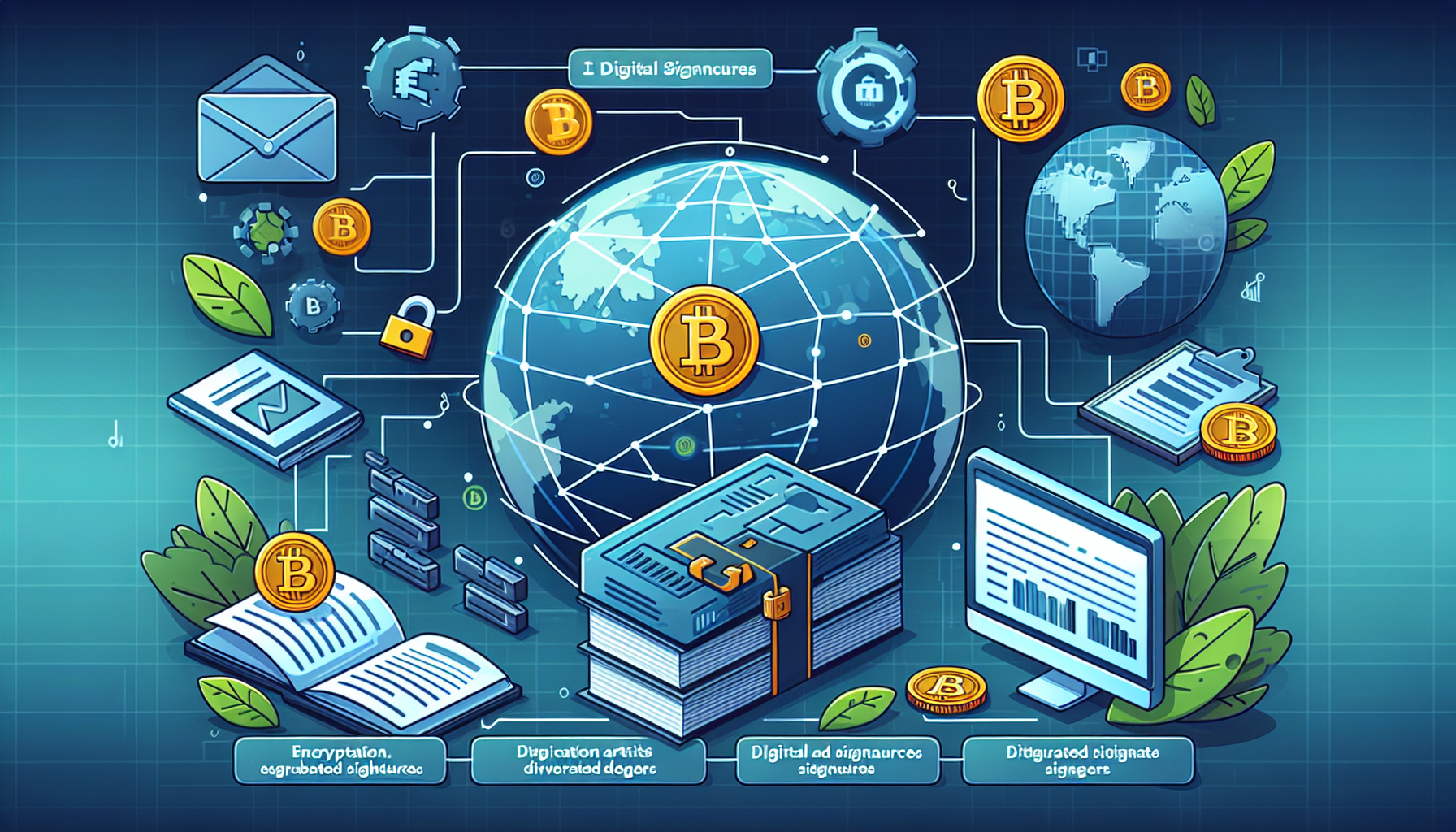Introduction: Why Digital Art Needs Security?
Have you ever wondered how to ensure that your digital art is genuinely original in a marketplace flooded with counterfeit works? Recent studies reveal that the digital art market is expected to exceed $4.5 billion by 2025, compelling artists and buyers to prioritize provenance. The advent of blockchain technology has revolutionized this segment, providing solutions that enhance the security, authenticity, and ownership of digital artworks.
Understanding Blockchain Provenance
Blockchain provenance refers to the method of tracing the history of an asset back to its origin using blockchain technology. Here’s how:
- Immutable Records: Each transaction on a blockchain creates a permanent record, ensuring that ownership history cannot be altered.
- Transparency: Art buyers have access to the complete history, affirming that an artwork is not only authentic but also free from copyright issues.
- Smart Contracts: These self-executing contracts automate the ownership transfer when conditions are met, which secures payments for artists.
How Does This Impact Digital Artists?
For digital artists, the integration of blockchain technology provides significant benefits:

- Direct Sales: Artists can sell their works directly to collectors without intermediaries, maximizing their revenue.
- Royalties on Resales: Artists can set conditions whereby they earn a percentage every time their artwork is sold in the future, ensuring continuous income.
- Increased Exposure: Platforms leveraging blockchain often attract global audiences, providing enhanced opportunities for visibility.
Challenges of Implementing Blockchain in Art Provenance
Despite its numerous benefits, implementing blockchain in the digital art world is not without challenges:
- Technical Barriers: Not every artist is tech-savvy. Understanding how to navigate these platforms can be daunting.
- High Transaction Fees: Some blockchain platforms may impose significant fees that could deter younger or emerging artists.
- Market Saturation: With the rise of digital art, maintaining visibility in a crowded market can be challenging.
The Future of Digital Art and Blockchain
With the rapid evolution of digital currency transactions and the increasing acceptance of cryptocurrency across various sectors, the significance of blockchain in securing digital art is expected to grow. As we approach 2025, keep an eye out for:
- Innovative Platforms: Emerging platforms utilizing advanced blockchain protocols to enhance security.
- Increased Regulation: Authorities and regulators focusing on cryptocurrencies may impact how artworks are sold and traded.
- Educational Initiatives: Programs aimed at educating both artists and collectors about the importance and functionality of blockchain in art.
In conclusion, blockchain provenance is reshaping the landscape for digital artists, offering innovative solutions for originality and ownership. To explore how to secure your digital art investments, consider familiarizing yourself with relevant blockchain tools and platforms.
For more insights on cryptocurrency trends, visit hibt.com for articles like how to secure your crypto assets and 2025 crypto predictions.
Author: Dr. Jennifer Townes, an esteemed blockchain researcher, has authored over 30 papers in the field and led the audit of significant NFT projects.


